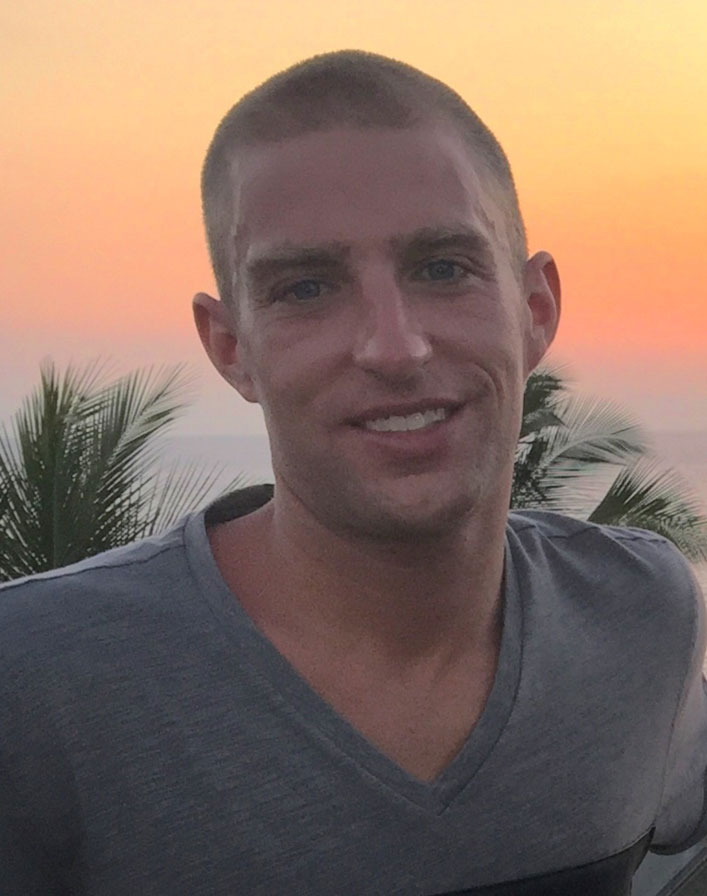By Darby Kendall
In a time when so many young lives are burdened with mental illness, there is hope amongst those fighting to find a solution. Medical professionals at OHSU Doernbecher Children’s Hospital are working to end the youth mental health crisis, with the backing of passionate donors.
One advocate making this progress possible is Patti Warner. Warner channeled her grief into a powerful force for good by creating the Casey E. Laramore Adolescent Suicide Prevention Fund in her nephew’s namesake and honor after he tragically took his own life. The fund supports the efforts of psychiatrists and psychologists at Doernbecher Children’s Hospital who are researching the causes behind and preventions for youth suicide.
“We’re hoping to start a program that will be emulated in other cities, other hospitals and other states,” Warner said. “It’s about mental illness, yes, but it’s also about figuring out when the time is that these kids are so beyond healing, that they decide to do this.”

Warner and her husband, Jeff Chase, were prompted to create the fund at Doernbecher after struggling to find philanthropic resources specific to this subject after Laramore’s passing. A longtime supporter of OHSU through the Center for Women’s Health, Warner knew where to turn when wanting to help make a change.
“I said, ‘We need to do something, to work with these young kids to help them to gain confidence in themselves.’ There’s no one there for these kids to listen to. I was asking everyone, ‘What are you doing?’ And there just wasn’t an answer,” Warner remembered. “OHSU has got the adolescent care; they’ve got the mental health care. Whatever the parts were that could come together and start this, OHSU had it. OHSU accepts everybody, no matter who they are. It’s so awesome to have that.”
Now, the fund is the first of its kind to benefit suicide prevention at Doernbecher. One of the psychiatrists putting it to good use is Kyle Johnson, M.D., a professor of psychiatry in the division of child and adolescent psychiatry at the OHSU School of Medicine. Johnson is using support from the Casey E. Laramore fund to provide suicide prevention training, and he hopes to also offer more preventive methods within the wider health care system.
“Research shows that most people who die by suicide were involved with a health care system in the months before they died. The idea is to screen patients presenting for routine or urgent care, identify those at risk for dying by suicide, and provide interventions that can save lives,” Johnson said. “After being offered in adult health care systems for several years, these efforts are now being expanded to children’s hospitals.”
Another child psychiatrist who will benefit from the fund agrees that early intervention is key. Ajit Jetmalani, M.D., explained that the best approaches for discussing suicide with youth are now well understood, but there has been a need for financial support to implement these efforts.
“What gives me hope is that we know if you deliver certain elements of support, either prenatally or throughout the lifespan of children before they become adults, there is real benefit possible, and there is tremendous data to support that,” Jetmalani said. “The mark of a good society and culture is how we treat our kids, and we need to rise to that occasion. Now is the time.”
Support the Casey E. Laramore Fund
Pam Laramore, Casey’s mother and Warner’s twin sister, is grateful that her son’s name is attached to such a powerful endeavor. “Casey was a beautiful soul who loved family and friends above all else,” she said. “We hope Casey’s memory will be kept alive by helping others to overcome the difficulties present in their lives, be accepted in social environments and realize that suicide does not have to be an option and a part of their story. Their life matters!”
When looking to the future impact of this fund, Warner and her sister hope to support a program that will be emulated by other health professionals and those who work with youth. The two are on the same page as Johnson, Jetmalani and the rest of the Doernbecher team, as it is ultimately everyone’s goal to stop suicide before it even becomes a possibility.
“Our hope with this fund is to make sure signs are not missed at a crucial time in a young person’s development, lessen the stigma, make it okay to ask for help and have those available that can help,” Pam Laramore said. “We need to restructure our environment to be adaptive … We have an opportunity to show that others do care and want to see them succeed in life.”
Efforts like the Casey E. Laramore Fund allow providers to do their jobs more effectively, jumpstarting research and reminding them that their work is seen and appreciated. Not only will Casey’s memory live on with this fund, but future families will benefit from his namesake.
“Philanthropy allows for projects that can have a direct impact on patient care, which is what we’re all here for, and improve the health of Oregonians. It funds research that then informs our practices,” Johnson reflected. “When you have the support of the community through philanthropy, it makes a difference. I really feel it in my heart.”

